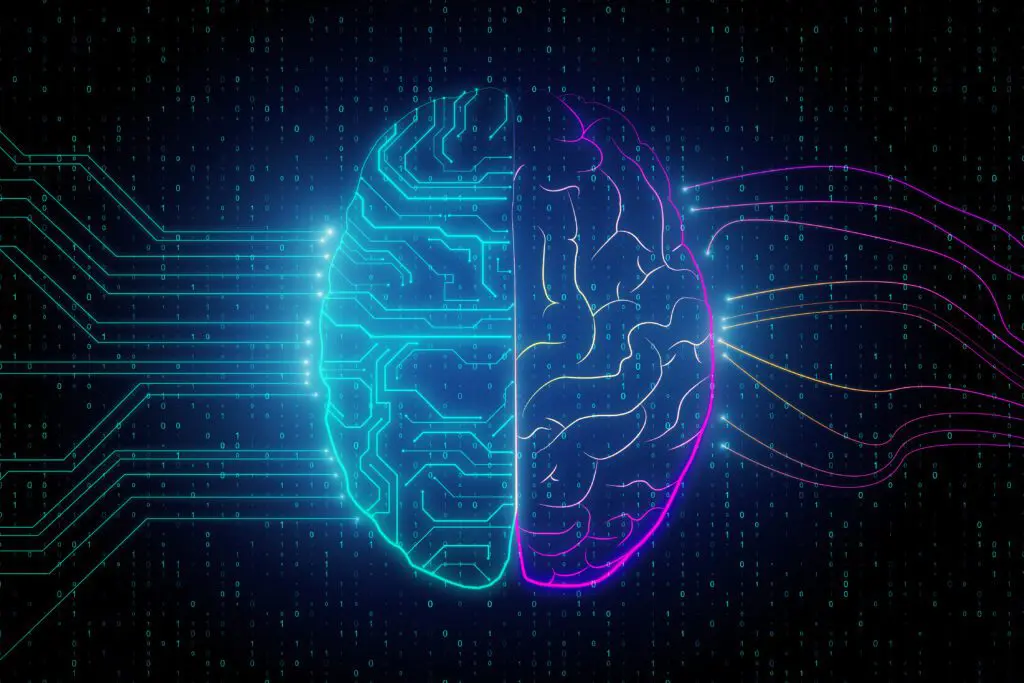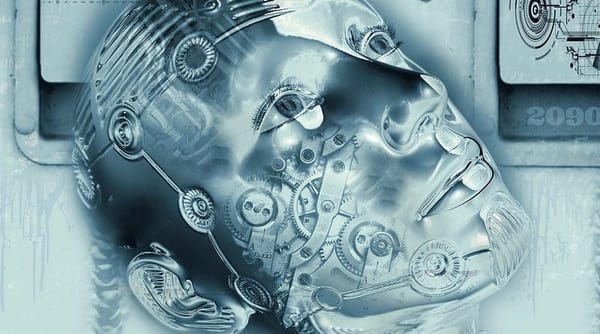Scientists unveil plan to create artificial intelligence powered by human brain cells
In a new field called "organoid intelligence," researchers in the United States believe computers powered by human brain cells could shape the future. They have now developed a plan to achieve that goal.

In a new field called "organoid intelligence," researchers in the United States believe computers powered by human brain cells could shape the future. They have now developed a plan to achieve that goal.
ChatGPT's machine-learning model generates essays, short stories, and entire podcasts. The brain is being explored by scientists as another way of computing that may be just as efficient and powerful.
In a new article published on Tuesday in Frontiers, a large international collaboration led by researchers at John Hopkins University (JHU) details how brain-machine technologies are the newest frontier in biocomputing, and provides a roadmap as to how to make it a reality.
As the paper explains, organoid intelligence (OI) is an emerging field where researchers are developing biological computing using 3D cultures of human brain cells (brain organoids) and brain-machine interface technologies. These organoids share aspects of brain structure and function that play a key role in cognitive functions like learning and memory. They would essentially serve as biological hardware, and could one day be even more efficient than current computers running AI programs.
“The vision of OI is to use the power of the biological system to advance the field of live sciences, bioengineering, and computer science,” Lena Smirnova, a researcher at JHU and an author on the paper, wrote in an email to Motherboard. "If we look at how efficiently the human brain operates in processing of information, learning etc, it is tempting to translate and model that to have a system which will work faster and more efficiently [than] current computers.”
For example, the human brain has an incredible capacity to store information: the average noggin can store an estimated 2,500 terabytes, according to the paper. The researchers envision complex 3D cell structures that would be connected to AI and machine learning systems.
“We’re reaching the physical limits of silicon computers because we cannot pack more transistors into a tiny chip,” Thomas Hartung, a researcher at JHU and one of the study’s authors, said in a press release. “But the brain is wired completely differently. It has about 100 [billion] neurons linked through over 1015 connection points. It’s an enormous power difference compared to our current technology.”
Researchers have previously combined the biological and synthetic to teach brain cells how to play Pong––a proof of concept that was conducted by some of the same scientists involved in this initiative. That project involved the creation of a DishBrain system, where researchers created a brain-computer interface, providing neurons with simple electrical sensory input and feedback that allowed them to “learn” the game.
However, the new paper sees even bigger applications than getting cells to play video games. For one, brain organoids could have applications in medicine. The authors write that OI research will allow for the exploration of inter-individual neurodevelopmental and neurodegenerative disorders, and revolutionize drug testing research.
Thanks for visiting Our Secret House. Create your free account by signing up or log in to continue reading.





